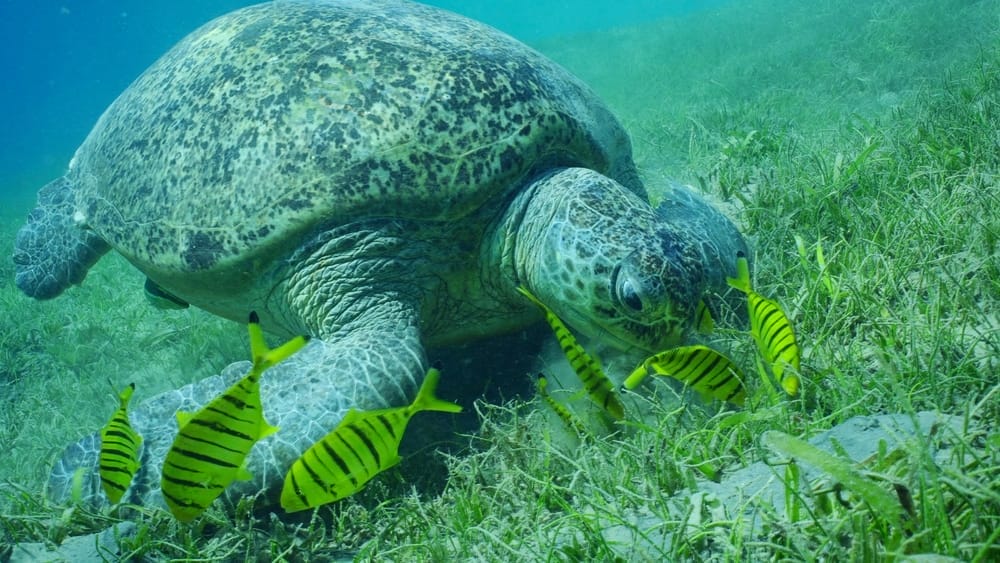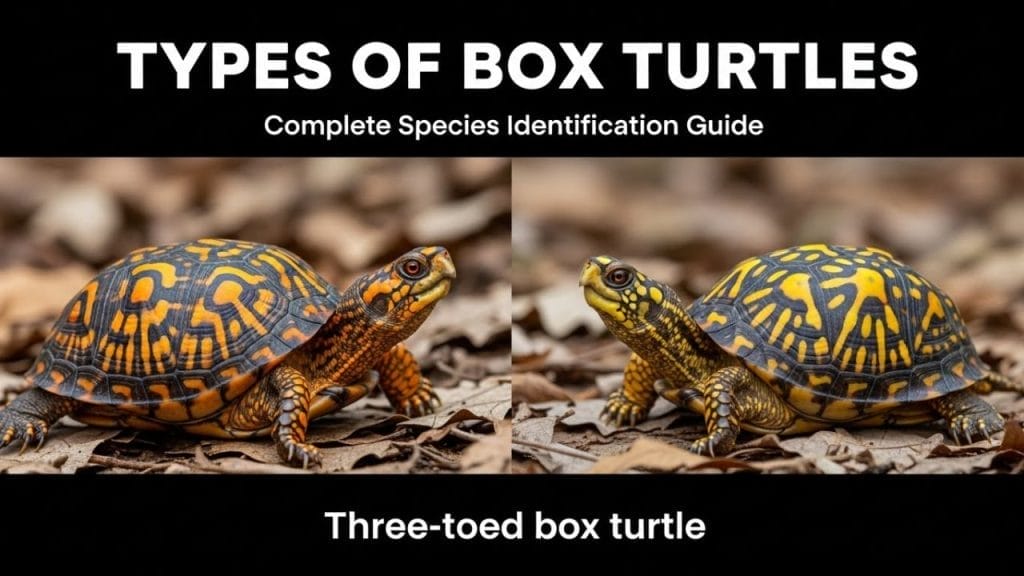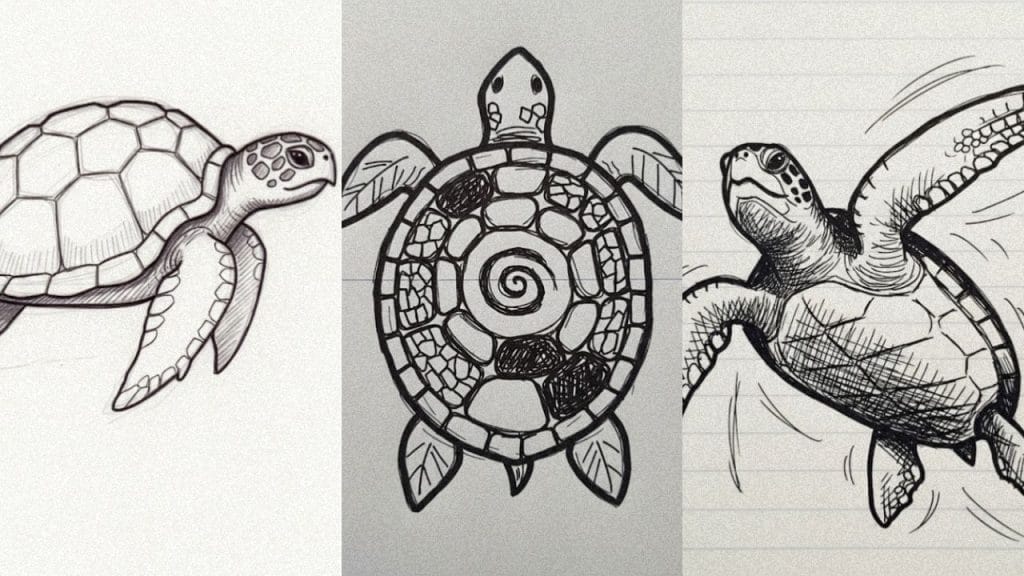Astrochelys yniphora (Ploughshare Tortoise)
Home > Turtle Database > Astrochelys yniphora (Ploughshare Tortoise)
Astrochelys yniphora, also known as the Angonoka tortoise or Ploughshare tortoise, is a critically endangered species of tortoise. Native to Madagascar, this tortoise is known for its distinctively high-domed shell and striking golden coloration.
Native To These Regions
Baly Bay (Madagascar)Native Turtle Species Map – Find Turtles by Region
Scientific Classification
- Kingdom: Animalia
- Phylum: Chordata
- Class: Reptilia
- Order: Testudines
- Family: Testudinidae
- Genus: Astrochelys
- Species: A. yniphora
Common Names
- Angonoka Tortoise
- Ploughshare Tortoise
- Madagascar Tortoise
This Hilarious Turtle Book Might Know Your Pet Better Than You Do
Let’s be real—most turtle care guides feel like reading a textbook written by a sleep-deprived zookeeper.
This one’s not that.
Told from the snarky point of view of a grumpy, judgmental turtle, 21 Turtle Truths You’ll Never Read in a Care Guide is packed with sarcasm, sass, and surprisingly useful insights.
And hey—you don’t have to commit to the whole thing just yet.
Grab 2 free truths from the ebook and get a taste of what your turtle really thinks about your setup, your food choices, and that weird plastic palm tree.
It’s funny, it’s honest, and if you’ve ever owned a turtle who glares at you like you’re the problem—you’ll feel seen.
Identification
- Description: Astrochelys yniphora is known for its high, domed shell, which is rich golden-brown to dark brown. The shell has a distinctive plough-shaped projection at the front, which is especially prominent in males. The tortoise can reach up to 17 inches in length and weigh up to 25 pounds.
- Sexual Dimorphism: Males are generally larger than females and have a more pronounced plough-shaped projection on their shell. They also possess a longer tail.
Check more turtles from the Astrochelys genus
Native Origin and Distribution
- Geographical Range: This species is endemic to the Baly Bay area of northwestern Madagascar.
Preferred Habitat
Astrochelys yniphora inhabits dry deciduous forests and bamboo thickets close to fresh water.
Behavior
- Feeding Habits: It is herbivorous, primarily feeding on grasses, leaves, and fruits.
- Predators: Predators include the introduced dogs and pigs that destroy nests and eat eggs. Juveniles are susceptible to predation by various birds and other small animals.
Reproduction
- Breeding Season: The breeding season occurs during the early rainy season, from November to February.
- Reproductive Method: Females lay a small number of eggs, typically from one to six, which they bury in sandy nests. The eggs incubate for about 8 months.
Conservation
- Extinction Status: Critically Endangered
- Threats: The primary threats are habitat loss due to agriculture, illegal poaching for the exotic pet trade, and predation by introduced species.
- Conservation Measures: Conservation efforts include legal protection of habitats, captive breeding programs, and reintroduction projects.
Economic Importance
This species has little direct economic importance due to its endangered status, though it does draw attention for ecotourism and conservation funding.
Interesting Facts
- The Astrochelys yniphora has one of the longest lifespans among tortoises, potentially living up to 100 years.
- Its shell’s unique shape is considered the most aerodynamic among tortoises, helping it maneuver through thick brush.
Research Studies
For more detailed scientific insights into Astrochelys yniphora, here is a link to a research paper: Conservation Genetics of the Critically Endangered Ploughshare Tortoise.

About Author
Muntaseer Rahman started keeping pet turtles back in 2013. He also owns the largest Turtle & Tortoise Facebook community in Bangladesh. These days he is mostly active on Facebook.













